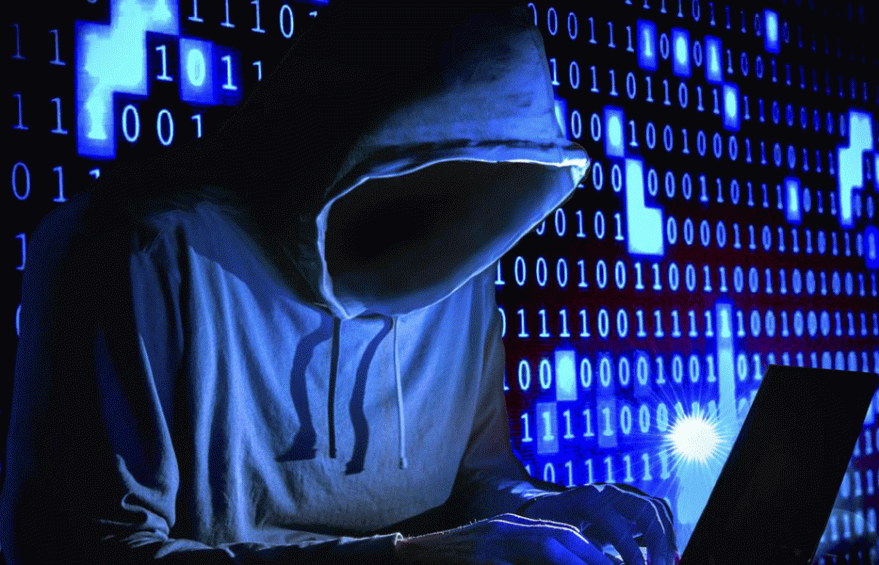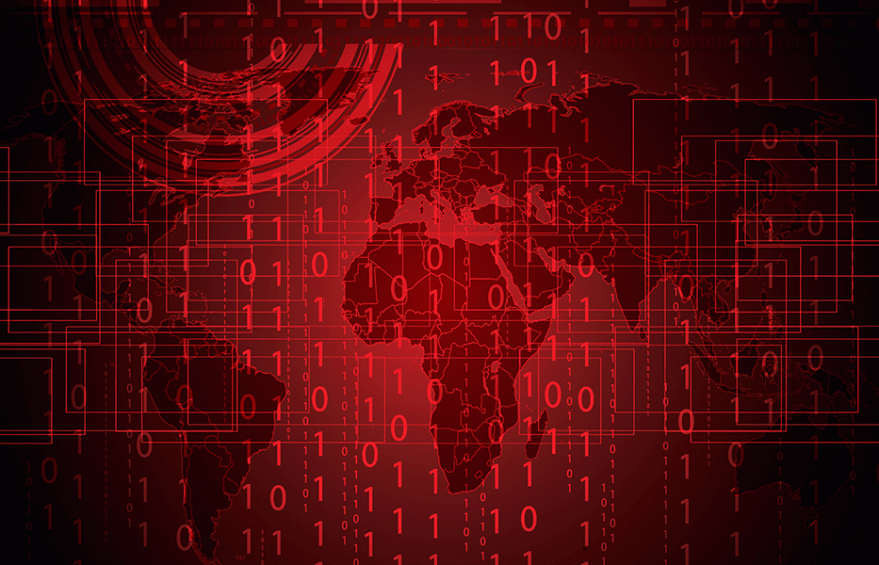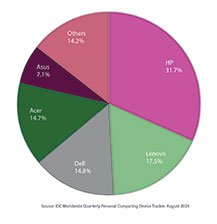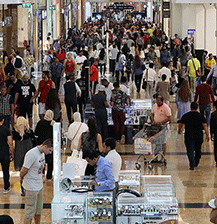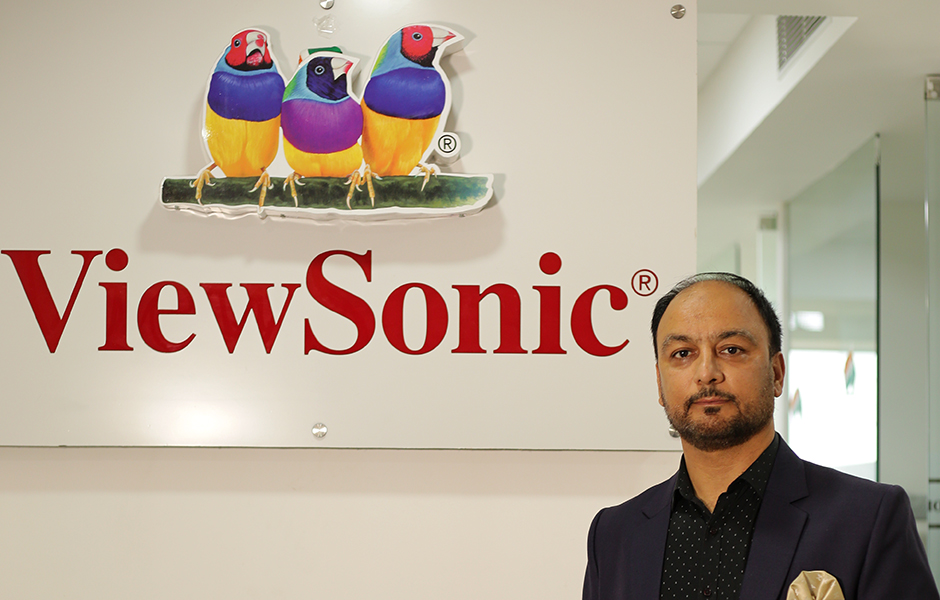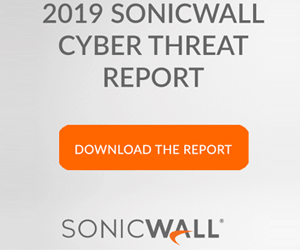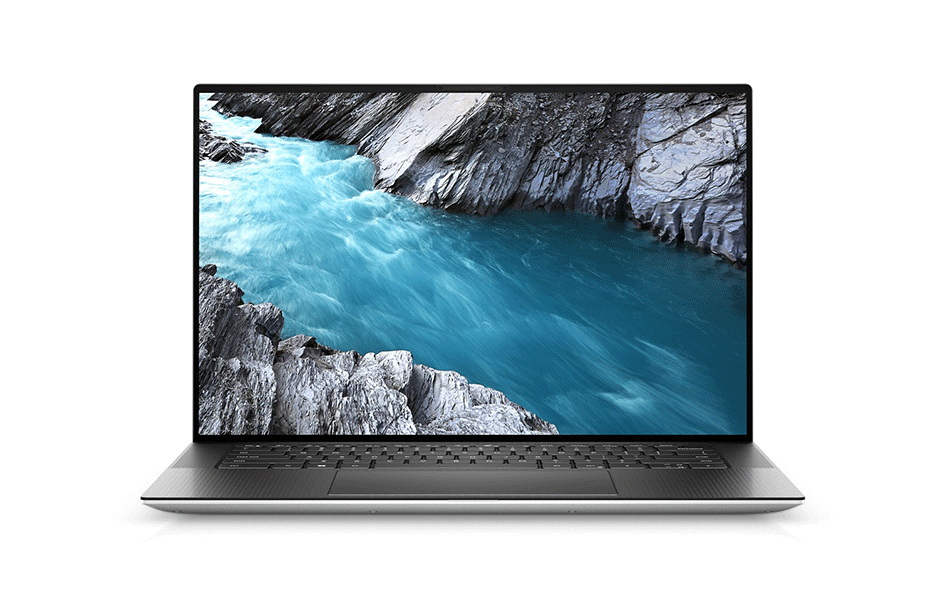
The Work-From-Home (WFH) operational practice has opened up a new class of job opportunities in India
The COVID-19 has been the biggest watershed moment for business and economy in recent times. It has given the world an unexpected and entire new course to flow ahead. As the economy becomes increasingly digital, the growing cyber threat is outpacing most companies’ abilities to manage it effectively.
The Work-From-Home (WFH) is the first and the biggest change that has fissioned into several other chains of changes, more broadly to two important phenomena – one is the exposure to cybersecurity vulnerabilities for most organizations, and the other is the chaotic urgency to adopt cloud-based services.
During mid-June, when more than the pandemic, cyber-attacks started becoming a far more serious and widespread quandary. The Indian Computer Emergency Response Team (CERT-In), the government’s nodal cyber security agency, had to put out an advisory against possible phishing attacks. Telecom majors in India had to upgrade their security operations centres to higher threat-levels. Seemingly, the WFH policy was inspiring cyber-criminals to develop newer ways to barge into the networks.

Nikhil Korgaonkar
Regional Director, India & SAARC
Arcserve
This is, therefore, important that organizations not only workout on an elaborate and fully-covered data protection and cybersecurity plan but it is also vital that employers and employees both stay in close contact with each other like never before. Both must take equal responsibility to check that their systems and networks are updated and have protection applied in every layer of data. It is a time that everyone must be extra vigilant with every email or documents that are getting shared and be only allowed to open or download after cross-checking its credibility.
The exchange of data between on-site and working from home employees must not only be adequately protected, but the home office IT set-ups do not give in to newer forms of cyber assaults. It is high time that companies prioritize preventive measures to address the loss of corporate data and intellectual property.



